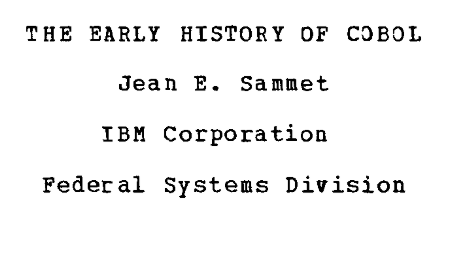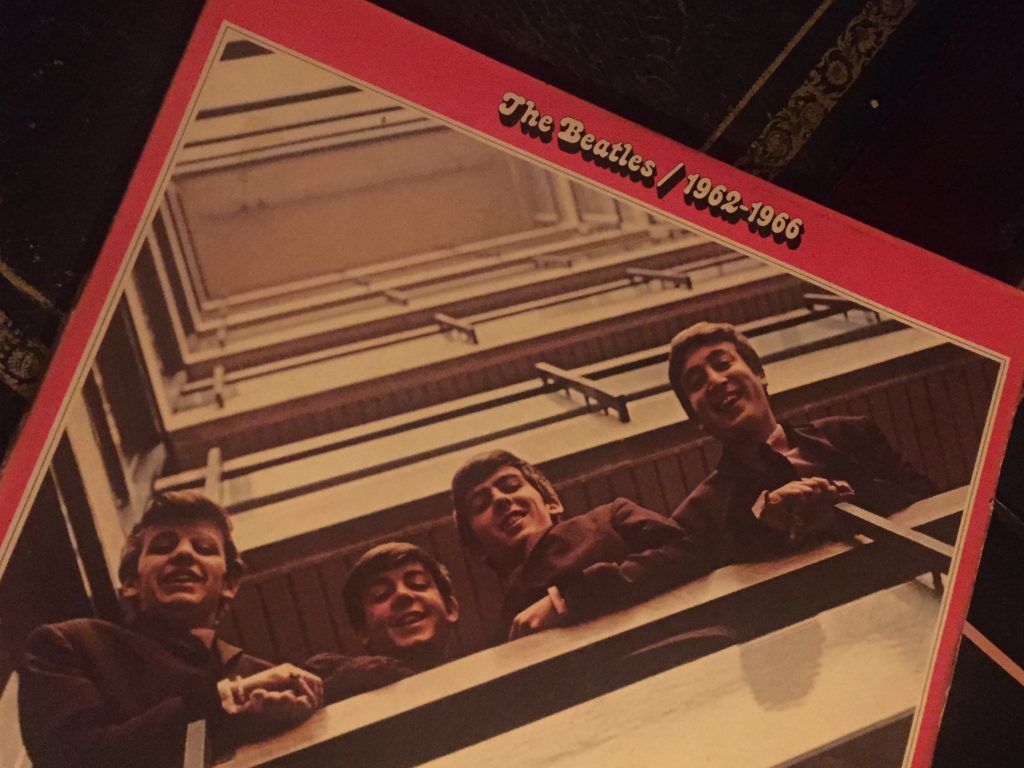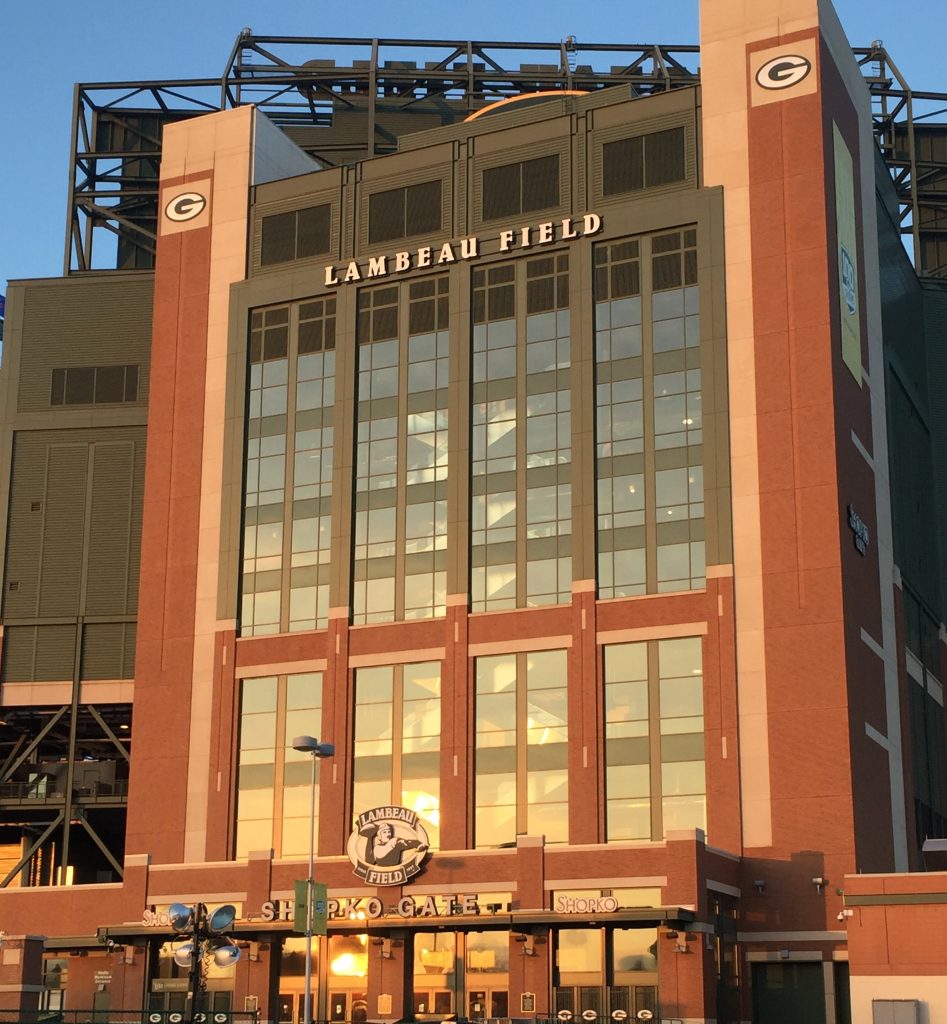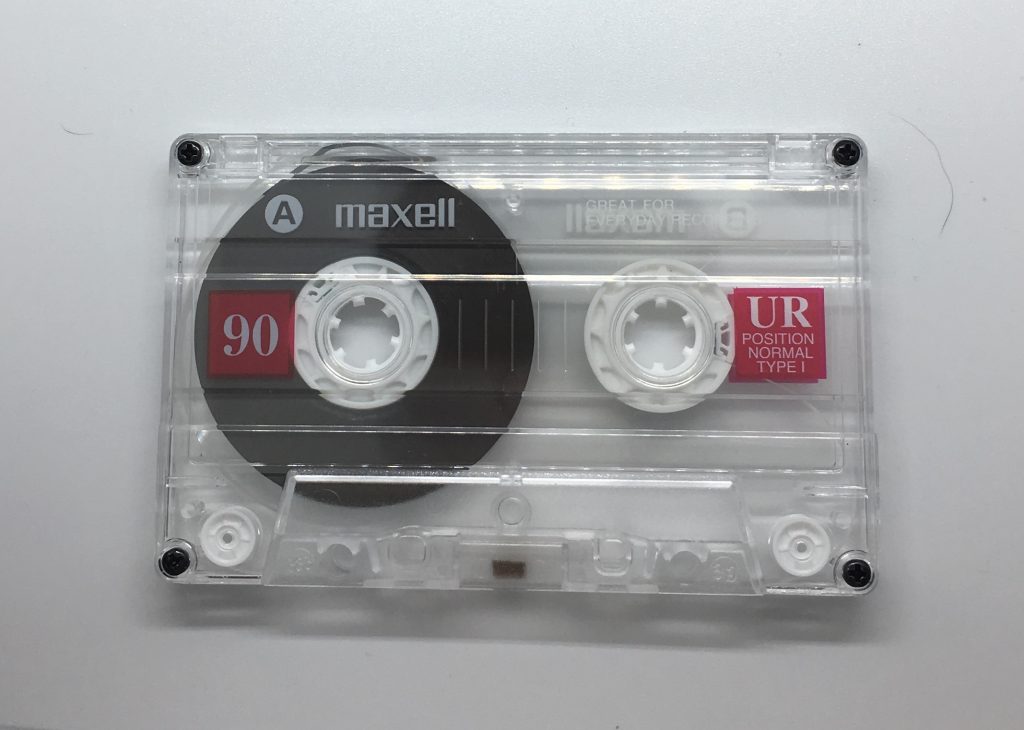COBOL celebrates its 60th birthday in 2019. This is the first in a three part blog looking at the cultural and technological changes that it has endured within its lifetime.
Happy birthday dear COBOL, happy birthday to you! Those of you who follow such events, and those of you who may have seen snippets on the end of technology-related news broadcasts, will be aware that 2019 sees the 60th birthday of COBOL. It remains as relevant today as it has ever been, with estimates that the average American interacts with a COBOL application at least 13 times every day (who calculates these unchallengeable statistics?). The resurgence in demand for COBOL programmers has never quite materialised, sadly the days of Y2K are now two decades away, but with COBOL on your CV you should still be able to keep yourself comfortable until retirement, and let’s face it, most people with COBOL on their CV are already in comfortable retirement!
As with every sexagenarian, COBOL has seen many changes in its lifetime. At sixty years it has outlived a wide range of technologies and innovations, and many icons of popular culture have come and gone.
It began in 1959, a year when the US grew from 48 to 50 states with the additions of Alaska and Hawaii, and Fidel Castro came to power in Cuba. Buddy Holly was killed in a plane crash, the Barbie doll was launched, and at the cinema Ben Hur was a box office hit. In the world of computing, IBM shipped its first transistor-based mainframe. COBOL had a lot to contend with!
Its development was accredited to many individuals and organizations. Certainly Dr Grace Hopper, who was instrumental in the creation of the Flow-Matic language, played a part, as did the Committee On Data Systems Languages (CODASYL), the American National Standards Institute (ANSI), and the International Organization for Standardization (ISO). Several names for the language were considered, and according to the marvellously detailed paper The Early History Of COBOL by Jean E. Sammet, these included BUSY, BUSYL, INFOSYL, DATASYL, COSYL, and COCSYL.

The name “COBOL” was coined by Bob Bemer, who was also involved in the creation of the IBM Comtran language, though at the time it was not formally an abbreviation of Common Business Oriented Language!
Sammet described how COBOL was originally promoted as an idea by a combination of academics, manufacturers and users as a problem-oriented but machine independent common language for business problems. It was supported by the US Department of Defense (DoD), and in a quote from the DoD’s Charles A Phillips, again reported by Sammet, they were embarrassed that the idea for such a language had not had its origins by that time in Defense. Meetings were held at the Pentagon to discuss progress, ongoing strategy, and all other aspects of giving the infant COBOL a long and useful life. Committees were formed and task groups were established. The forms and structures of several languages were considered throughout the development, including Assembler, but most significant as input were Aimaco, Flow-Matic and Comtran. Specifications landed in January 1960, and the first edition of the new language was given the somewhat unoriginal name of COBOL 60.
It had been a long and painful birth, with its name appearing on a tombstone created by RCA’s Howard Bromberg before it was even born, brought about by frustration at a perceived lack of progress. Meanwhile, technology moved on. The first Ansaphone was sold, and Xerox produced their first commercial photocopier. Political upheaval saw the election of JFK and US troops being sent to Vietnam. In popular culture Coronation Street and Psycho premiered, and up and coming boxer Cassius Clay won his first professional fight. According to an anonymous quote dating back to 1960, cited in the Computerworld article In Defense of COBOL by COBOL evangelist and author Jerome Garfunkel, “it is rather unlikely that COBOL will be around by the end of the decade”. It is perhaps unsurprising that the quote remains anonymous!
It is likely that the first major application written in the language was the Mechanization of Contract Administration Services (MOCAS), which is used for the management of US government contracts in terms of administration, disbursements and payments. MOCAS was originally created in 1958 using Flow-Matic, a predecessor to COBOL and one of its important influences. Despite modernization attempts, MOCAS continues today with the addition of better interfaces and faster processing, but with much of the same underlying code.
It was not until August 1960 that the first COBOL program was actually executed, and it was not exactly a superfast experience. A one-hundred-line program could take ten minutes to compile, so just imagine the frustration of having to do it all again because there was a full stop in the wrong place!
Many flaws were detected in the original specifications, and these were largely addressed with the creation of COBOL 61, though even back then there were incompatibilities with the previous version. As COBOL took its first baby steps, Britain applied for membership of the EEC, Yuri Gagarin became the first man in space, and the looming spectre of the Berlin Wall was erected.
The performance of COBOL improved as revisions continued to occur throughout the early sixties, though the language was still largely ignored by the scientific community, with one of the many charges being that it was too verbose. However, by 1962, when salt and vinegar became the first flavoured crisps to be sold in the UK and Andy Warhol painted his can of soup, IBM announced that COBOL would be their primary development language. It was an exciting time, with changes everywhere. The Beatles released their first single, and cassette tapes threatened to revolutionise the music industry.

By March 1963 the clean-up of the original specifications was complete, and the release of COBOL 61 Extended Specifications included the Sort and Report Writer functionalities. Maybe COBOL was here to stay, already outlasting JFK who was assassinated later that year, and Alcatraz maximum security prison that closed after 29 years of operation, having been opened in 1934. Word of COBOL spread, perhaps aided by the publication of its first introductory guides, and the production of the first touch-tone telephones from AT & T.
Performance had to improve, and in 1964 recorded compilation speeds reached 1,000 statements per minute. A potential rival, Beginners All Purpose Symbolic Instruction Code (BASIC) was created, but COBOL had a significant head start. The Swinging Sixties were in full flow, with the release of the Rolling Stones’ first album and the launch of The Sun newspaper. They would prove to be as durable as COBOL, unlike the first marriage of Elizabeth Taylor and Richard Burton that was another notable event of ’64. Sony released their first video cassette recorder (VCR), and in the political world Nelson Mandela was sentenced to life imprisonment.
As Dr Martin Luther King Jr led the voting rights march in Alabama in 1965, COBOL gained functionality for mass storage files and tables. The sound of success? No, that was probably The Sound Of Music released the same year. As almost every Englishman will tell you, England won the world cup in 1966, as Batman and Star Trek both made their debuts on US television. The following year saw the world’s first heart transplant, the first ATM at Barclays Bank in London, the first Super Bowl, and perhaps more significantly in current times, the ratification of the 25th amendment to the US constitution.

Throughout this time, COBOL was gearing itself up for something big. That happened in 1968 as COBOL 68 was launched. This was the first ANSI version, nicely standardised which was a clear indication that it was fast becoming a mainstream language. It was a year of assassinations, as Robert Kennedy and Dr. Martin Luther King Jr both fell victim. The Big Mac went on sale US-wide, the first Boeing 747 was rolled out, and the 911 telephone service began. Across the pond, first class post was introduced in the UK. Perhaps the most significant events went under the radar, as in the world of technology the Intel corporation was founded and the term “microprocessor” was first used.
CODASYL concentrated on enhancements throughout 1968 and into 1969, when Concorde took to the skies for the first time and Neil Armstrong walked on the moon. Woodstock was the most significant music event of the year, as Sesame Street debuted on TV. Once again the world of technology had a new baby, and this time it was Unix that was being developed at Bell Labs.
As the 1970s began it was reported that COBOL was the most used programming language globally. It certainly outlived the Beatles who split at the start of the seventies, and music also suffered the tragic losses of Jimi Hendrix and Janis Joplin. The Environmental Protection Agency began operations, and the first New York marathon took place, but those with an eye on technology noted that it was the year of the first computer chess tournament.
COBOL was now into its second decade, despite earlier predictions that it would not survive. However, it suffered at the hands of numerous committees. CODASYL continued its work, then there was the programming language committee and the Japanese standards committee.

The early seventies were a turbulent time in the financial arena as the Nasdaq opened in the US, and decimalisation was implemented in the UK. Walt Disney World in Florida opened its gates, and the passenger railroad service Amtrak was created. As schoolboys everywhere got to grips with slide rules, Texas Instruments produced the first pocket calculator, and Intel brought about the first commercial use of the microprocessor. By the end of 1972 digital watches had been introduced and Atari launched its first video game, Pong. There was political upheaval with the miners’ strike, the Watergate scandal, and the terrorist attack at the Munich Olympics, whilst Bobby Fischer defeated Boris Spassky to become World Chess champion. The Dow Jones Index finished above 1,000 for the first time, and the first episode of classic tv show M*A*S*H was broadcast.

In 1973 it was almost time for something new in the COBOL world, as the US ceased its involvement in Vietnam, and Britain joined the EU. It now seems very likely that COBOL will outlast this significant European event. The Exorcist was released in cinemas, and on the other side of the world the Sydney Opera House opened.
CODASYL were still heavily involved, describing many changes to COBOL including inter-program communication and library usage, and the ANSI committee used their work to assist in the development of the next significant version.
With the various committees chipping away at the underlying language, it probably came as something of a relief when, in 1974, ANSI released COBOL 74. It was a momentous year. Nixon resigned, Stephen King published his debut novel Carrie, and COBOL entered a welcome period of stability.
